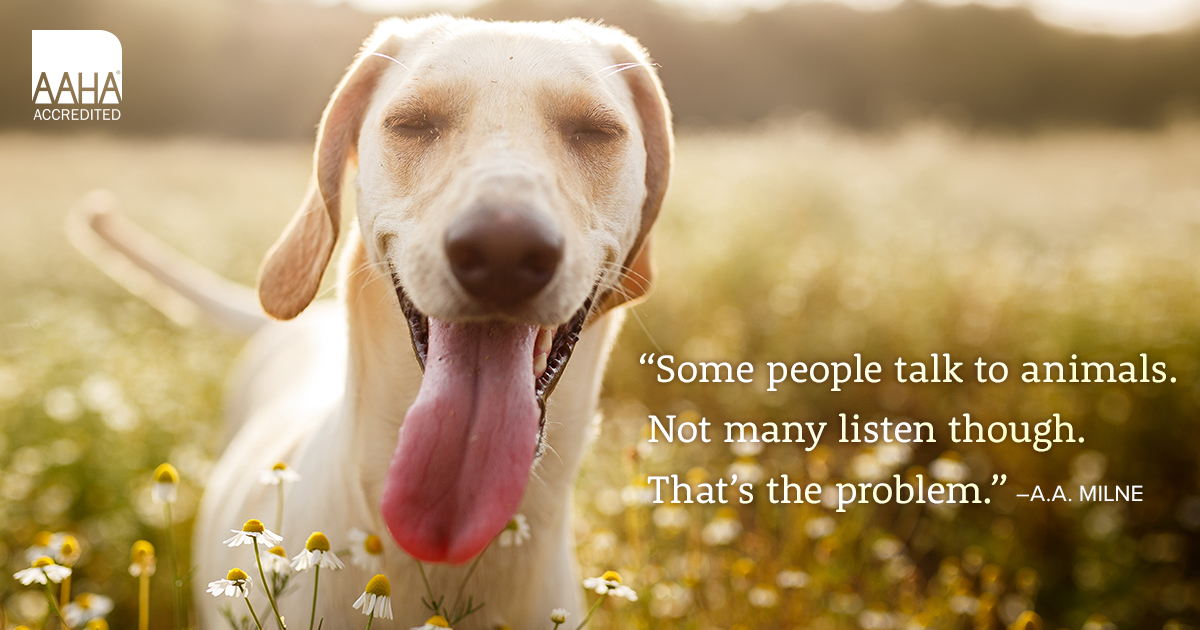
Pet Health Education Handouts
-
Avian polyomavirus infection (APV) can cause benign feather lesions in budgies, slow crop emptying in newly weaned parrots, hemorrhages on the skin, or acute death. Clinical signs, diagnostic testing, and preventive measures are explained in this handout.
-
A portosystemic shunt causes a bypass of blood from the gastrointestinal tract directly into the systemic circulation, avoiding the normal detoxifying process that happens in the liver and reducing nutrient input into the liver. Liver shunts can be congenital or acquired. Signs, treatment, and prognosis are discussed.
-
This handout explains post-vaccination sarcomas (also called injection-site sarcomas) in cats. They are a rare consequence of vaccine injections (and other drugs or materials) that can cause a very aggressive form of cancer at the site of the injection. The incidence of this condition, as well as precautions you and your veterinarian can take, are highlighted.
-
The most common conditions affecting pet prairie dogs are: obesity, dental problems, cardiac disease and intestinal parasites. Regular scheduled veterinary examinations will be of great benefit to help discover problems or diseases before they cause a critical illness.
-
A telemedicine visit is typically conducted over telephone, text messaging, chat, email, or videoconference. This may allow a veterinarian to diagnose and treat your pet’s medical condition remotely, without the need for an in-person visit. Your appointment will be conducted by a licensed veterinarian.
-
The American Animal Hospital Association and American Veterinary Medical Association have established guidelines to standardize preventive health care for cats, helping them to live longer, healthier lives. This handout provides an overview of the recommendations within these guidelines and why they are so important.
-
The American Animal Hospital Association and American Veterinary Medical Association have established guidelines to standardize preventive health care for dogs, helping them to live longer, healthier lives. This handout provides an overview of the recommendations within these guidelines and why they are so important.
-
The pro-opiomelanocortin (POMC) gene, if mutated, can contribute to increased body fat and body weight and increased food motivation in affected dogs. At this time, this gene mutation has only been found in the Labrador Retriever and Flat-coated Retriever and affects the majority of those working as service dogs. This handout explains how the POMC gene mutation was discovered, how it impacts affected dogs, and how you can support your dog if affected.
-
Progressive retinal atrophy (PRA) is a group of degenerative diseases that affect photoreceptor cells in the eyes. With this disease, the cells deteriorate over time, eventually leading to blindness. There are two main forms of PRA recognized in cats, an early-onset, inherited form called retinal dysplasia, and a late-onset form. PRA is an inherited condition in Abyssinian and Persian cats. When a cat develops PRA, it should be removed from the breeding program, along with its parents and siblings. As PRA progresses, your cat's vision gradually worsens until she becomes completely blind. There is currently no effective treatment for PRA.
-
Progressive retinal atrophy (PRA), is a group of degenerative diseases that affect photoreceptor cells in the eyes. With this disease, the cells deteriorate over time, eventually leading to blindness. There are two main forms of PRA recognized in dogs: an early-onset, inherited form called retinal dysplasia, and a late-onset form. PRA is an inherited disease that occurs in many breeds of dogs. When a dog develops PRA, it should be removed from the breeding program, along with its parents and siblings. As PRA progresses, your dog's vision gradually worsens until he becomes completely blind. There is currently no effective treatment for PRA.

